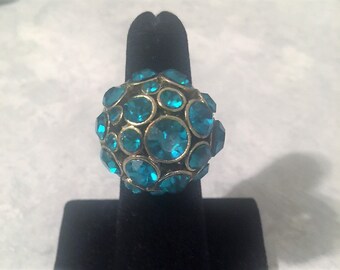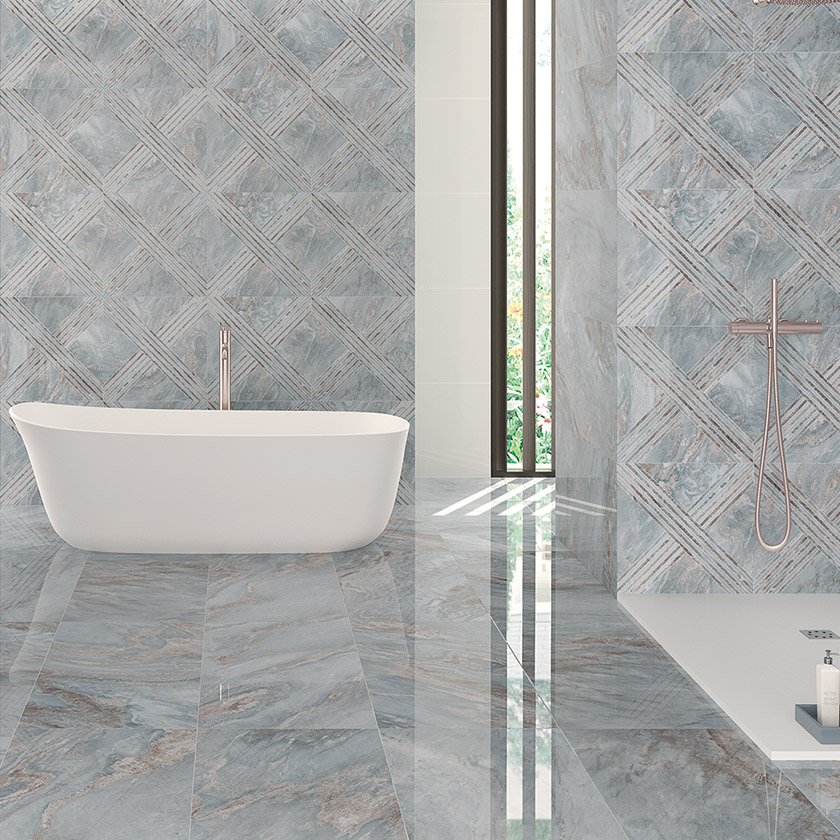
So, is this material really aquamarine? We sent one of these stones to the Gemological Institute of America's laboratory and asked them to identify it. Bright green is known as "emerald," blue (like this material here) is known as "aquamarine," yellow and yellowish green are known as "heliodor," and pink is known as "morganite." Some beryl is colorless and is known as "goshenite." It occurs in a variety of colors, and gem-quality beryl is named according to its color. We know of people who enjoy giving these stones to others and sharing the story of Apache Tears.īeryl is a silicate mineral that contains small amounts of beryllium. Their families cried when they received the sad news, and their tears turned to stone as they hit the ground. During a battle between Apaches and the US Cavalry in 1870, the outnumbered Apaches, facing defeat, rode their horses over a cliff rather than allow themselves to be killed by their enemy. The name "Apache Tears" is from a Native American legend of Arizona. We think that Apache Tears make great pendants add a gemmy appearance to a potted plant or planter and, using a bell cap and chain, they are a great stone to dangle in front of a sunny window. Tiny amounts of volcanic ash are embedded within the glass. If you hold them up to the light, you can see that they are a translucent to sometimes transparent "glass" created in nature by a volcanic eruption. However, we are not certain of the location where the stones sold here were found.Īpache Tears are round nodules of an igneous rock known as "obsidian" that can be polished to a beautiful jet-black luster. Note how their size compares to the quarter in the photo. These stones are much larger than other stones sold on this page of our website. Angelite is not suitable as a ring stone.

If you have a nice angelite item, protect it from abrasion and impact. Brushing against many common objects can put an unsightly gouge in angelite. That makes it very soft and easily scratched. Be careful with angelite, because it has a Mohs hardness of only 3 to 3.5. It is often used to make tumbled stones and carved into small sculptures. When of fine color, angelite can be used to make beautiful blue beads, cabochons, and other objects. Slightly bluish gray to grayish blue, often with a bit of brownish or grayish matrix. Celestite is a strontium sulfate, while angelite is a calcium sulfate. Some people report that angelite forms from celestite. These specimens of blue anhydrite are known in the lapidary trade as "angelite". However, in a few locations, most notably at a few sites in Peru, anhydrite can be found with a slightly bluish gray to grayish blue color.

Most of the anhydrite found throughout the world has a brown to gray to white color. "Angelite" is a marketing name for a rock composed almost entirely of a mineral named "anhydrite".


 0 kommentar(er)
0 kommentar(er)
